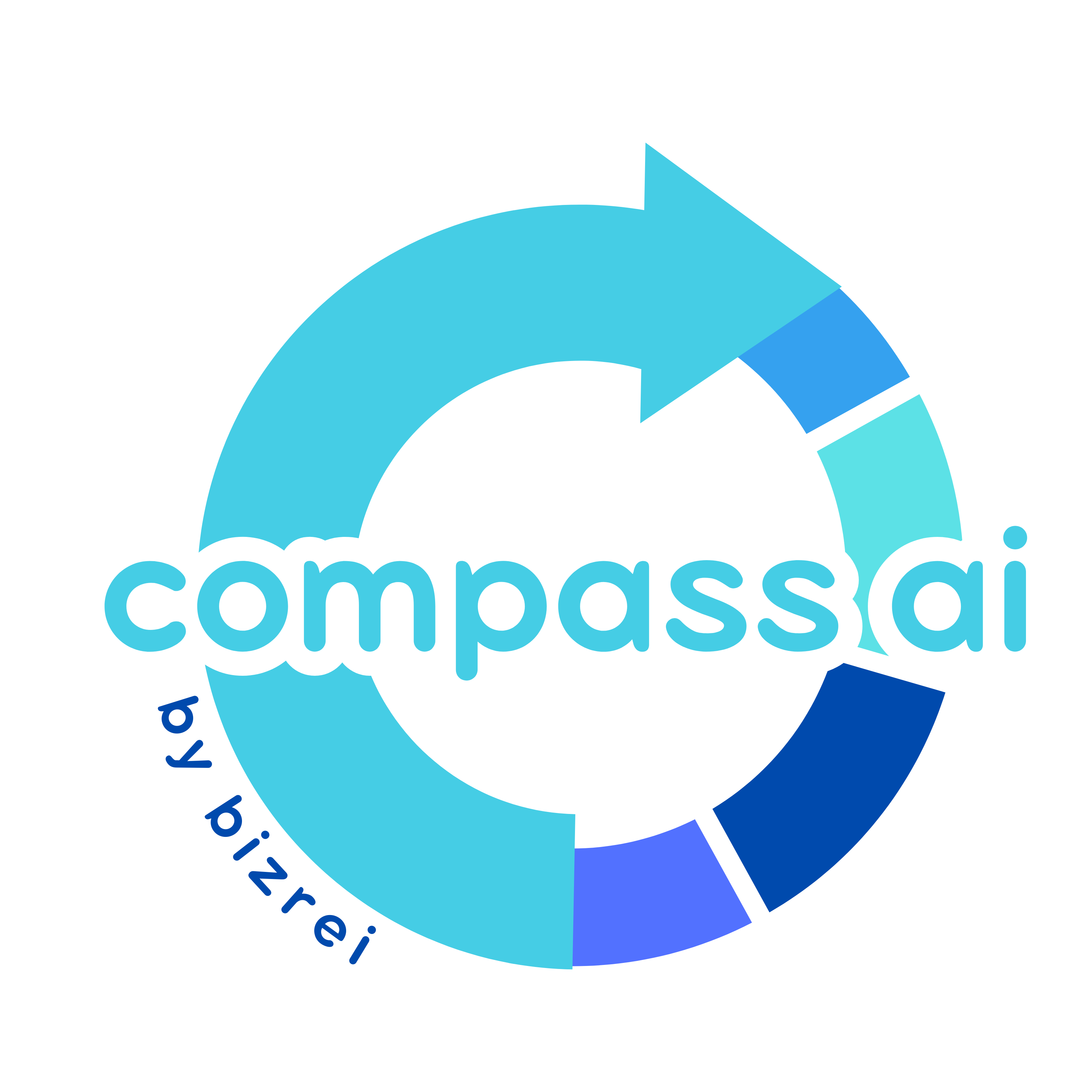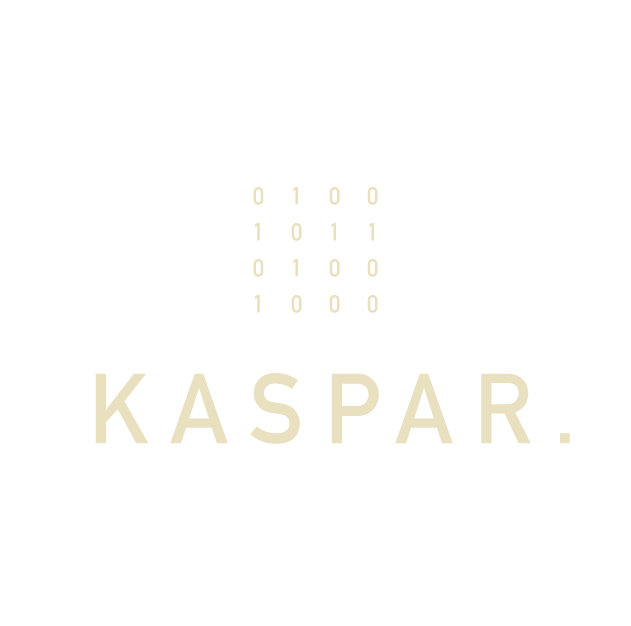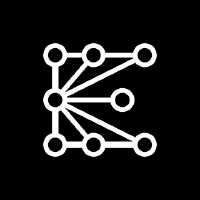ImageTwin
ImageTwin is an AI tool that identifies exact and near-duplicate images within datasets. It helps users clean, organize, and manage their image libraries by finding visually similar photos quickly and efficiently, supporting various formats and large scales.
Duplicate image detection Near-duplicate image detection Image dataset cleaning Photo library organization Digital asset management Content moderation Copyright infringement detection E-commerce image management Data preparation for machine learningTool Information
| Primary Task | Data integrity analysis |
|---|---|
| Category | ai-and-machine-learning |
| Sub Categories | computer-vision database-tools project-management cybersecurity e-commerce machine-learning-models |
| Trial Available | Yes |
| Pricing | From $25 |
| Country | Austria |
| Industry | information technology & services |
| Technologies | Cloudflare DNS, Gmail, Google Apps, CloudFlare Hosting, Mobile Friendly, reCAPTCHA, Google Tag Manager, WordPress.org, Google Font API, Node.js, IoT, Remote, Laravel, Android, Circle, React Native, Vonage, Reviews, AI |
| Website Status | 🟢 Active |
ImageTwin is an AI-powered platform designed to efficiently detect and manage duplicate and near-duplicate images across various datasets. It operates by processing uploaded images to create unique "fingerprints" for each, which are then compared to identify visual similarities. This capability extends beyond exact pixel-for-pixel matches, allowing it to find images that have been resized, cropped, color-corrected, or slightly altered, yet remain visually similar.
Key features include support for a wide range of image formats (JPG, PNG, GIF, BMP, TIFF, WEBP), scalability for handling large volumes of images, and a user-friendly web interface. An API is also available for seamless integration into existing workflows and applications. ImageTwin emphasizes user privacy, stating that images are not stored permanently, only their unique fingerprints are used for comparison.
Its applications are diverse, ranging from personal photo management and organization to professional use cases like e-commerce, where it can ensure product image consistency and identify redundant assets. It's also valuable for content moderation, copyright infringement detection, and cleaning large image datasets for machine learning training. The tool targets individuals, photographers, businesses, and developers who need to streamline their digital asset management and improve data quality by eliminating visual redundancies.
Imagetwin is the solution to detect image manipulation and plagiarism in academic papers. Using advanced AI technology, we can automatically identify problematic images and cross-check them with the existing literature.
A significant proportion of academic manuscripts contain image-related problems like manipulation and plagiarism. Unfortunately, even though automated solutions for text plagiarism now exist, there has been no such solution for images in the past. Manually checking images for integrity issues is time-consuming and expensive, and besides the lack of trained experts, many problems remain undetected.
Imagetwin solves this issue by offering automated detection of problematic images using advanced AI-technology. The software examines papers within seconds and compares them against a database of millions of previously published articles.
| Pros |
|---|
|
| Cons |
|---|
|
Frequently Asked Questions
1. What is ImageTwin?
ImageTwin is an AI-powered platform designed to efficiently detect and manage duplicate and near-duplicate images across various datasets. Its primary purpose is data integrity analysis, helping users clean, organize, and manage their image libraries by finding visually similar photos quickly and efficiently.
2. What is the primary task of ImageTwin?
The primary task of ImageTwin is data integrity analysis. It focuses on identifying exact and near-duplicate images within datasets to help users clean, organize, and manage their image libraries effectively.
3. How does ImageTwin identify duplicate images?
ImageTwin operates by processing uploaded images to create unique 'fingerprints' for each. These fingerprints are then compared to identify visual similarities, allowing it to detect both exact and near-duplicate images.
4. Can ImageTwin detect images that are not exact duplicates?
Yes, ImageTwin can detect images that are not exact pixel-for-pixel matches. It is capable of finding images that have been resized, cropped, color-corrected, or slightly altered, yet remain visually similar.
5. What types of image formats does ImageTwin support?
ImageTwin supports a wide range of image formats. These include JPG, PNG, GIF, BMP, TIFF, and WEBP, ensuring broad compatibility for various image datasets.
6. Does ImageTwin offer integration options?
Yes, ImageTwin offers an API for seamless integration into existing workflows and applications. It also provides a user-friendly web interface for direct use.
7. How does ImageTwin handle user privacy regarding images?
ImageTwin emphasizes user privacy by stating that images are not stored permanently. Only unique fingerprints of the images are used for comparison, ensuring that the original image files are not retained.
8. Who is the target audience for ImageTwin?
ImageTwin targets a diverse audience including individuals, photographers, businesses, and developers. It is designed for anyone who needs to streamline their digital asset management and improve data quality by eliminating visual redundancies.
9. What are some common use cases for ImageTwin?
Common use cases for ImageTwin include personal photo management, e-commerce image management to ensure consistency, and content moderation. It is also valuable for copyright infringement detection and cleaning large image datasets for machine learning training.
10. What are the main advantages of using ImageTwin?
ImageTwin offers several advantages, including its ability to identify both exact and near-duplicate images across a wide range of formats. It is scalable for large datasets, provides an API for integration, and is privacy-focused by not storing images permanently. A free tier is also available.
11. Are there any known limitations or disadvantages of ImageTwin?
Some known limitations include that it is primarily cloud-based with no mention of an on-premise solution. Pricing scales with image count, which could be costly for very large, continuous use, and there is no explicit mention of video duplicate detection as it focuses on images.
 AI Tool Buzz
AI Tool Buzz
 DeepSeek
DeepSeek Compass AI
Compass AI OpenCV
OpenCV Kaspar AI
Kaspar AI Trace
Trace EternalAI
EternalAI Dia - your AI Dost
Dia - your AI Dost Calyirex Technologies
Calyirex Technologies Craveo
Craveo